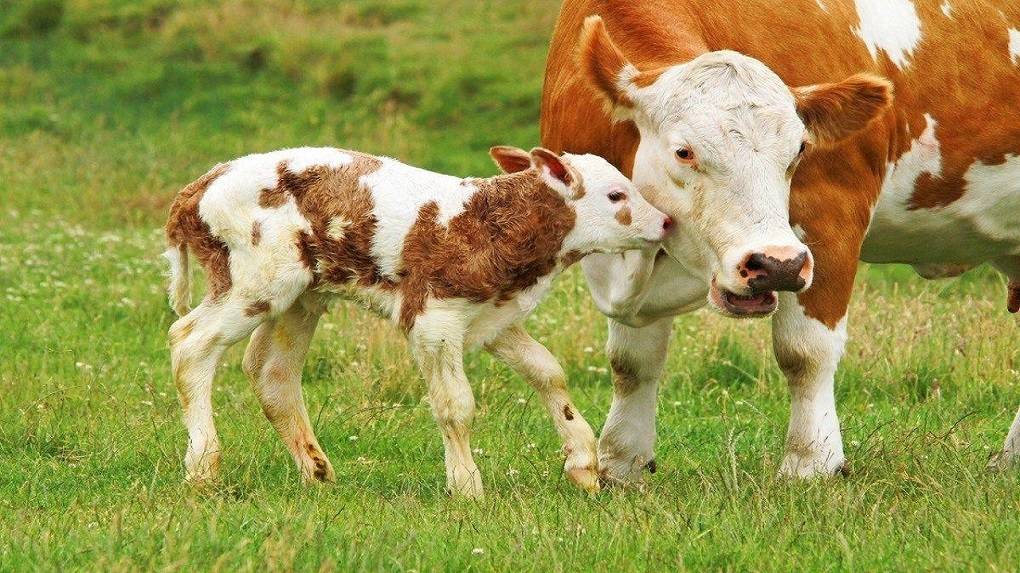
Bovine brucellosis is a contagious disease of livestock typically caused by Brucella abortus which may also infect people. Brucellosis is also known as Bang’s disease and contagious abortion. For people, the infection is accompanied by recurring fevers. In cattle, calves can be infected but many do not show signs of infection until they abort as mature cows.
Some cattle also become carriers and pass down the disease without showing signs of illness. People infected by the bacteria that causes bovine brucellosis can develop fatigue, high fever, joint pain, backache, chills, and headaches. The symptoms may persist for a long time if not treated. The main source of human infection is consuming imported raw dairy products such as soft fresh cheeses from unpasteurized milk or consumption of raw milk.
Causes of Brucellosis
Brucellosis is an infectious disease that is caused by a group of bacteria in the genus Brucella. There are three common species of Brucella-
-
abortus- affects cattle, bison, and cervids.
-
suis- affects swine and reindeer but also cattle and bison.
-
melitensis- affects goat
In cattle and bison, the disease primarily localizes in the reproductive organs, and the bacteria is carried in milk or via the aborted foetus, afterbirth, or other reproductive tract discharges.
Signs and Symptoms of Brucellosis
There are several signs and symptoms of brucellosis-
-
Abortion
-
Weak calf born
-
Retention of foetal membranes
-
Swollen testicles in bulls
-
Stillborn
-
Signs of infection in the membranes
-
Infection of the testicles is also seen in bulls
-
Milk production may be reduced by changes in the normal lactation period caused by delayed conception and abortions.
-
Signs of the infection in calves from infected cows are not detected until they become pregnant, abort, or give birth.
Prevention and Control of Brucellosis
Since there is no practical treatment available, efforts are usually directed at detection and prevention. Eventually, the eradication of the disease depends upon regular testing and eliminating reactors. The disease can be eradicated from many individual herds by this method.
Herds must be tested at regular intervals until two or three successive tests are negative. The greatest danger to noninfected herds is replacement animals. The only animals that should be introduced to noninfected herds are vaccinated calves and nonpregnant vaccinated heifers. They should also be isolated for at least 3 to 4 weeks and should be tested for brucellosis at least twice before adding to the herd.
Proper herd management strategies, such as maintaining closed herds, recording individual animal identification and maintaining accurate records, isolating and testing purchased additions as well as cattle re-entering the herd and arranging diagnostic workups and necropsies for potential or suspected brucellosis-infected cattle.
Treatment of Brucellosis
Brucellosis in cattle cannot be treated, which is why the detection and prevention of brucellosis are essential. Occasionally, animals may recover after a period of time. However, only the signs disappear and the animals remain diseased. Such animals are dangerous sources of infection for other animals with which they associate.
Brucellosis in human beings
Brucellosis is found globally and most cases are caused by the consumption of raw milk or its derivatives such as fresh cheese. It is considered an occupational hazard for people who work in the livestock sector, such as farmers, butchers, hunters, laboratory personnel, and veterinarians. However, human-to-human transmission is very rare. In human beings, brucellosis causes flu-like symptoms, including fever, malaise, weight loss, and weakness. The incubation period of the disease is usually 2 to 4 weeks and there are several medicines to treat the disease.















